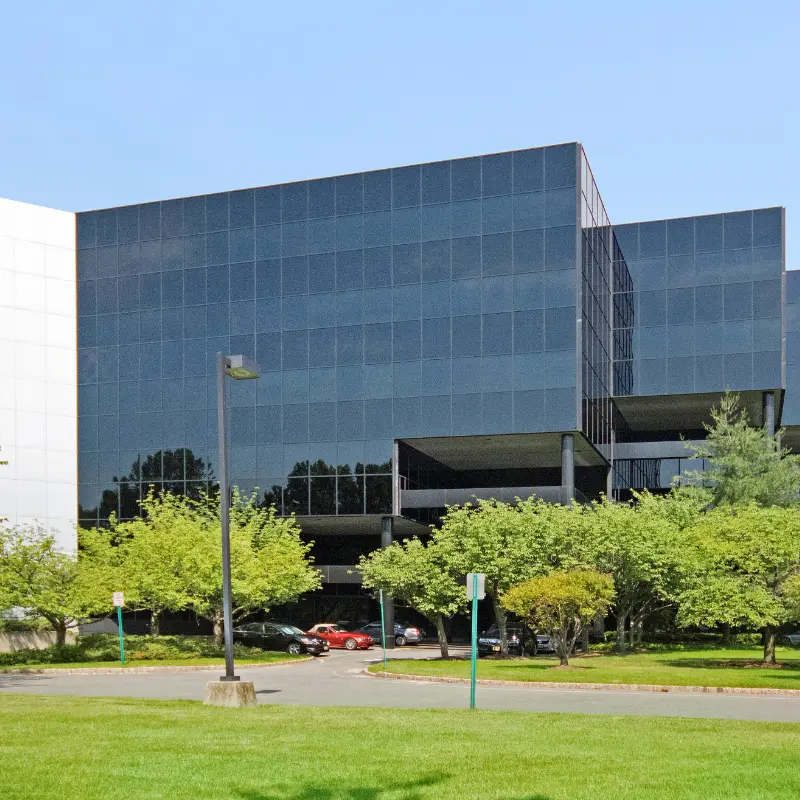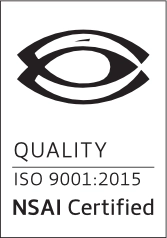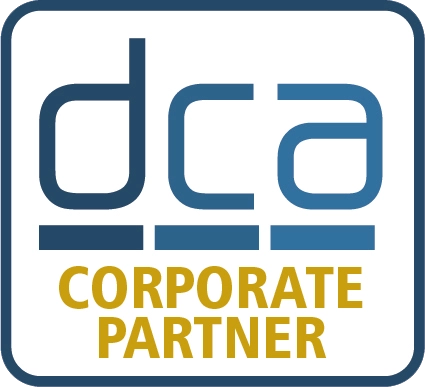DATA CENTER
Comprehensive Data Center services across hundreds of global facilities, supporting a diverse range of server configurations for the world’s largest financial & commercial institutions.
Understanding Your Data Center Infrastructure Needs
Every data center environment presents unique challenges, from scaling hyperscale operations to maintaining mission-critical systems. Drawing on five decades of experience supporting the world’s most demanding IT environments, we understand what it takes to deliver reliable, secure, and efficient data center services.
Global Infrastructure & Operations
Success in modern data center operations demands rigorous standards and proven processes. Our comprehensive approach includes 24/7 support, strict SLA adherence, and vendor-neutral hardware maintenance across all major platforms. With dedicated on-site teams and rapid response capabilities, we ensure your infrastructure performs optimally.

Smart Hands & Technical Support
Today's data centers require flexibility and scalability without compromising reliability. We provide complete lifecycle support, from architecture and planning to ongoing operations and maintenance. Our services adapt to your needs, whether managing traditional infrastructure or supporting hyperscale environments.

Performance Monitoring & Reporting
Protecting critical assets while maintaining peak performance requires sophisticated monitoring and security protocols. Our integrated approach combines proactive monitoring, advanced security measures, and detailed performance reporting to safeguard your operations and optimize efficiency.

Global Expertise in Data Center Solutions
With thousands of servers under management across in excess of 110 data centers worldwide, Maintech delivers enterprise-grade infrastructure support backed by decades of experience serving the world’s leading financial institutions.
Global Reach
In-Country Direct Labor
Operating across 60 countries through our network of 15 regional hubs and 100+ forward stocking locations, we provide consistent, high-quality service wherever your business operates. Our in-country direct labor workforce ensures reliable, culturally-aligned support and rapid response times across all major technology hubs.
Proven Capability
Time Tested Team
Trusted by four of the top ten global banks, we maintain stringent SLAs including 2-hour response times for critical systems. Our vendor-neutral expertise spans all major platforms, from traditional infrastructure to hyperscale environments, ensuring comprehensive support regardless of your technology stack.
Expertise
Proven Capabilities
Our dedicated teams bring five decades of experience supporting mission-critical environments. Through our proprietary eMaintech platform, we deliver sophisticated monitoring, smart routing, and detailed performance analytics that optimize your operations and drive continuous service improvement.
Comprehensive Solutions for Your Data Center Infrastructure Needs
From critical hardware maintenance to complete data center operations, our comprehensive service portfolio ensures your infrastructure runs at peak performance. Each service is delivered through our proven methodology and backed by decades of enterprise experience.
Break Fix
Multi-platform hardware maintenance across all major manufacturers including HP, Dell, IBM, Cisco, and Lenovo. Our vendor-neutral approach and global parts network ensure rapid response times and consistent 2-hour SLA achievement for critical systems.
Smart Hands
24/7 on-site technical support delivering immediate response for your data center operations. Our certified direct labor professionals provide everything from routine maintenance to emergency response, ensuring continuous operational efficiency and minimal downtime.
Augmented IT Staff
Flexible staffing solutions that provide dedicated, skilled professionals to supplement your team. Whether you need permanent on-site support or project-based expertise, our technical specialists integrate seamlessly with your operations.
Rack & Stack
Expert hardware deployment following industry best practices for rack configuration and cable management. Our comprehensive service includes precise in-rack cabling, initial hardware configuration, and thorough power-on health validation testing to ensure optimal performance from day one.
Hyperscale
Maintech, working closely with OEMs and ODMs, has successfully deployed large scale Hyperscale Data Centers around the globe – from the loading dock, to rack & stack, to installation and acceptance, to on-going support.
IMACs
Comprehensive Install, Move, Add, and Change services for your evolving infrastructure needs. From single-device updates to complete data center transformations, we manage all aspects of physical infrastructure changes while maintaining strict IP protection protocols.
Liquid Cooling
Today’s high-powered servers may employ Liquid Cooling (LC) solutions of various technologies including full immersion, direct-to-chip, or hybrid. Maintech is trained and prepared to support those advanced LC environments.
Artificial Intelligence
AI demands specialized support, from advanced liquid cooling systems to complex diagnostics and troubleshooting. Through close collaboration with OEMs and ODMs, Maintech has equipped our support teams with the expertise and tools needed to maintain these sophisticated environments. We understand the unique challenges of AI server management, ensuring reliable operation of your high-performance computing infrastructure.
Measurable Value to Enterprise Data Centers.
Our comprehensive approach to data center services delivers tangible benefits that enhance performance, reduce risk, and optimize costs across your infrastructure operations.
Guaranteed Performance Standards
Consistently meet strict SLAs with our proven 2-hour response time for critical systems and 99.9975% uptime achievement across global operations.
Reduced Operational Risk
Minimize downtime and enhance security through our direct labor workforce model, eliminating third-party contractor risks while ensuring consistent service quality.
Global Parts Logistics
Access immediate support through our network of 15 regional hubs and 100+ forward stocking locations, with in-country teams that understand local requirements.
Optimized Cost Management
Control expenses through our vendor-neutral approach and flexible service models, eliminating unnecessary hardware costs while maintaining OEM-level support quality.
Single Source Accountability
Streamline vendor management and improve operational efficiency with our comprehensive service portfolio, unified reporting, and dedicated account support.
Case Study
Rapid Singapore Data Center Recovery
Maintech swiftly deployed security-cleared, on-site technical resources and essential parts to restore operations at a global commercial bank’s data center in Singapore. Within hours, Maintech’s team addressed server outages, stabilizing the active data center to minimize disruption to critical business processes. Their 24/7 recovery efforts over several weeks significantly reduced downtime, ensuring operational continuity.
Post-restoration, Maintech’s team remained on standby to monitor performance and address potential issues, providing long-term reliability until the offline data center was fully restored.
Interested in Learning More?
Together, we'll explore the services and solutions that are critical to your business's longevity.
Call your regional office:
+1 (800) 426-8324
+1 (800) 426-8324
+44 (0) 7799 747974 (London Office)
+65 6909 7351 (APAC Office)
Email your regional contact:
contact@maintech.com
contact@maintech.com
clongcroft@maintech.com (London Office)
cyeo@maintech.com (APAC Office)
Our global offices:
Headquarters:
100 Walnut Avenue, Suite 600, Clark, NJ, 07066
Headquarters:
100 Walnut Avenue, Suite 600, Clark, NJ, 07066
EMEA:
16 St Johns Lane, Farringdon, London, UK EC1M 4BS
APAC:
12 Woodlands Square #02-75 Woods Square Tower 1, Singapore 737715




